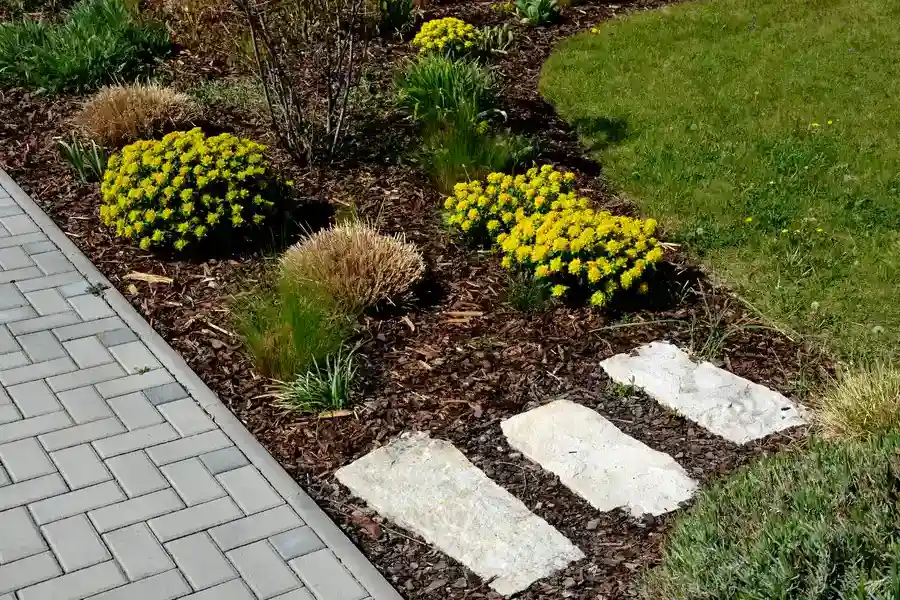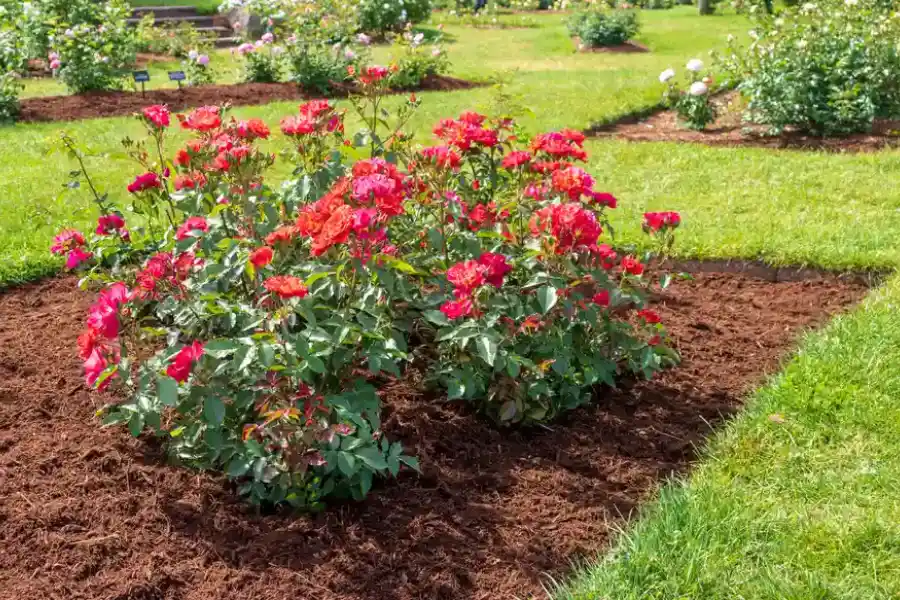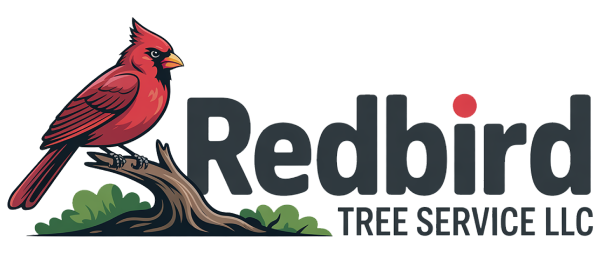Understanding Different Materials and Their Benefits
Selecting the best mulch for your trees is crucial for their health and growth. With various options available, it’s essential to understand what each type of mulch offers. Choosing correctly can help retain soil moisture, improve fertility, and suppress weeds. Whether you’re a gardening novice or an experienced landscaper, knowing how to choose the right mulch will enhance your tree’s wellbeing and appearance. This guide will provide insights into different mulch types, their benefits, and practical tips on making the best choice.

The Importance of Organic Mulch
Organic mulch, such as wood chips or shredded bark, breaks down over time, adding nutrients to the soil. It supports healthy root development and earthworm activity. When you use organic mulch, it also keeps the soil temperature stable. This helps trees deal with extreme weather better.
Benefits of Inorganic Mulch
Inorganic mulches include materials like gravel or stones. They are long-lasting and don’t require frequent replenishment. While they don’t add nutrients to the soil, they do well in preventing weed growth and assisting with water drainage. Use inorganic mulch if you want something low-maintenance that still provides protection from erosion.
Things to Consider When Selecting Mulch
Before deciding on a mulch type, consider factors such as the climate in your area, tree species, and landscape aesthetics. Mulching is most effective when tailored to specific needs. For example, in humid regions, choosing a type that allows proper air circulation can help prevent fungal diseases.
Steps to Apply Mulch Correctly
Proper application of mulch is just as important as selecting the right kind. Follow these steps:
- Clear away any debris or old mulch from the base of the tree.
- Spread a 2-4 inch layer evenly around the tree’s drip line.
- Avoid piling mulch directly against the trunk to prevent rot.
- Maintain a consistent thickness across the entire area.
Common Mistakes to Avoid
Avoid common pitfalls by not applying mulch too thickly, which can suffocate roots and encourage pests. Ensure there’s a gap between the mulch and the tree trunk. This prevents moisture buildup that could lead to decay.
Cost Considerations and Value
The cost of mulch varies depending on the material. Organic mulches might need replacing more often, affecting long-term expenses. However, their nutrient benefits offer value. In contrast, inorganic mulches may have higher upfront costs but require minimal maintenance over time.
The Best Practices for Long-Term Tree Health
For lasting results, regularly check your mulch layers and refresh them as needed. Stay informed about your tree’s specific needs because environmental changes can impact mulch effectiveness. Consulting with local experts can provide additional insights into optimizing mulching strategies for your area.

Enhance Your Trees With Expert Help Today
To ensure the best care for your trees, call us today at (863) 528-8447. At Redbird Tree Service LLC, we specialize in providing expert guidance tailored to your landscaping needs. Located in Haines City, FL, our team is ready to assist you in enhancing your garden’s beauty with professional solutions.
